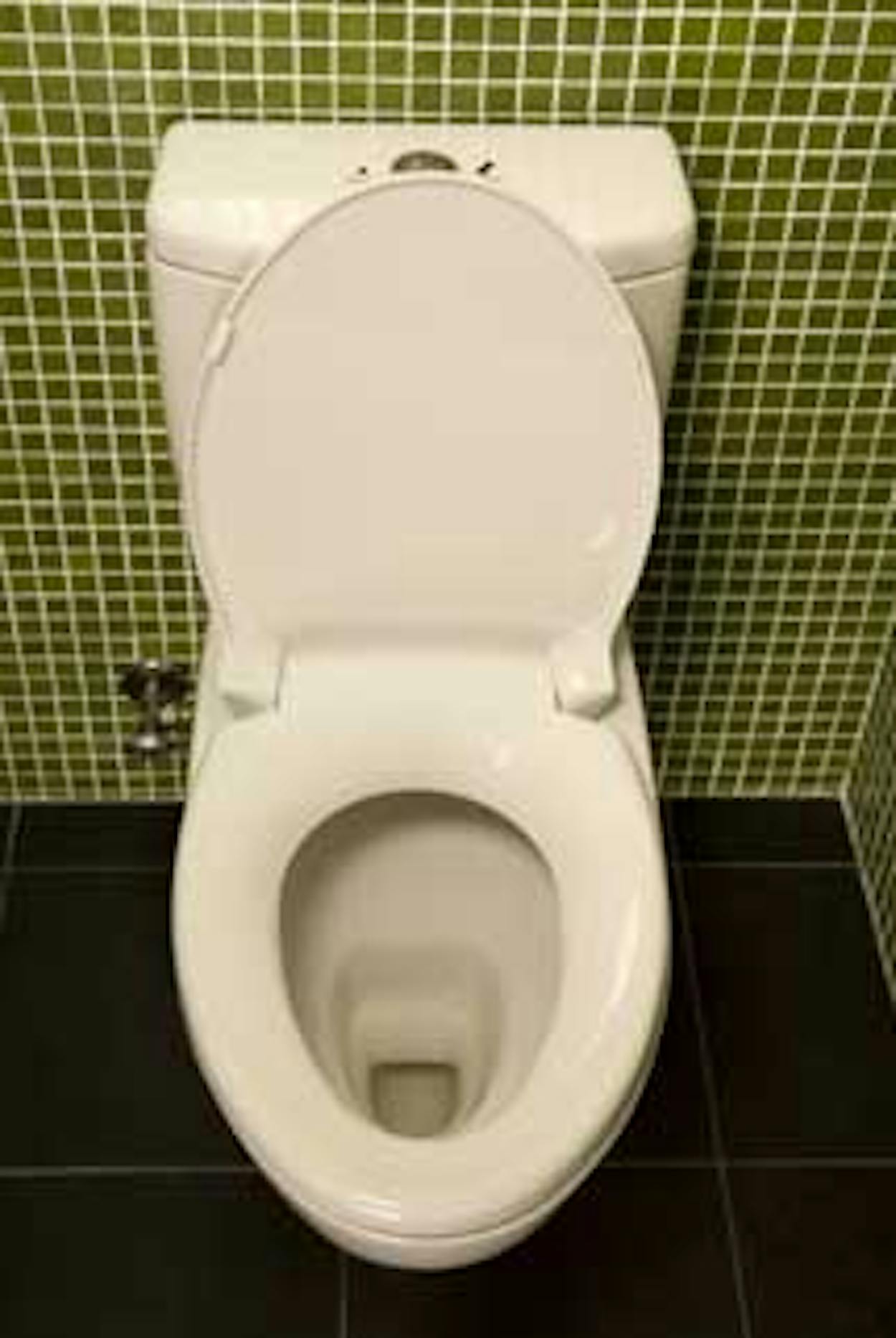Do you ever wonder what happens when you flush your toilet? I mean, beyond the magical disappearance of a certain amount of water and various other substances into the sewage pipes below your house? If you live in a place that does not have municipal sewage, you know that it all goes, temporarily, into a septic tank, which is then hauled away by a Marlboro-smoking guy named Skinny driving a smelly tank truck with hoses that look like they carry the bubonic plague. But you probably don’t know what happens to it after that. If you live in an urban area, you can be assured that within a matter of minutes, your 3.5 gallons of water and other matter is sluicing its way away from your life forever, toward an invisible city sewage treatment facility, where it is, in some further mystical way, “treated.”
It is at this point that most idle scatological curiosity exhausts itself. What happens next, however, is of extreme importance in the world of water conservation. You may have heard of that concept, though, like most people, you probably paid no attention. It means not watering your lawn five days a week, or letting your shower warm up for fifteen minutes before you get into it, or building golf courses that use more water than entire towns. It matters to conservationists these days because the state of Texas is facing gigantic water shortages over the next fifty years, and is desperately trying to find new sources of water. One of those sources is, to put it bluntly, your toilet.
What actually happens to that water—call it “effluent”—is that roughly sixty percent of it, including the stuff pumped from septics, is salvaged by your local sewage treatment plant. It is filtered to a reasonable degree of cleanliness and, this is where it gets interesting, pumped directly back into the nearest river, flowing downstream, of course, away from you and your happy home. To see how this relates to the general concept of water conservation, let’s take the examples of Dallas/Fort Worth and Houston. Both cities exist in the Trinity River Basin—Dallas and Fort Worth on the north, and Houston on the south. The treated wastewater from sewers and toilets in the Metroplex pretty much all gets dumped into the Trinity or its tributaries. As you might imagine, this is a great deal of water. So much water that, in summer months, it makes up ninety-five percent of the total water that flows down the Trinity. So when you drive across the river on Route 10 in the month of August, and look down at the river, you are looking almost entirely at water that came from sewage treatment plants, which in turn came in large part from toilets in Frisco, Southlake, and Mesquite. Yuck, you say? Actually, the fun is just beginning. Most of that water flows into two huge reservoirs that serve the city of Houston. So, in summer months, Houstonians are literally drinking Dallas’s poopwater.
And here is where the fascinating notion of “reuse” comes into play. It means, simply, using water that has already been used once. One form of this is “indirect” reuse, where treated effluent is not directely reused and is returned to a natural watercourse, like a wetland or river. “Direct” reuse involves pumping the treated effluent back into drinking-water reservoirs. Because of the gross-out factor inherent in this practice, it has never been done before, though certain California cities have now at least approved the idea of it. Nobody wants to drink one’s own toilet flush, even though these days it can be filtered to be as clean as bottled water. What is amusing is that, for all this reluctance, Houstonians in the summer are already doing this. So are cities in the Midwest and the East Coast that lie downstream of other large cities.
But as it turns out, there are other, more palatable ways to recapture toilet and sewer water. One is to take water downstream of your city and run it through artificial wetlands, then pump it back into reservoirs for general consumption. This is being done in two locations on the Trinity, downstream of Dallas, and it really works. You pump the silty, sludgy, high-percentage-effluent water into the constructed wetland, let it percolate there for about a week and—presto!—you have very clear, attractive-looking water on the other side. Another version of this is something the city of Austin would like to do: “recapture” water downstream of the city, and pump it back to the city for reuse. This relies on the somewhat fictional, euphemistical notion that, once the poopwater gets put into the river, it is somehow transmuted into “river water.” Austin’s problem is that, while it owns the water in its sewage treatment plant, the state owns all the water in the rivers. So Austin must get, in effect, a permit to recover its own effluent.
If we could actually bring ourselves to reuse our own effluent, of course, it would mean an enormous conservation of water. We would need half as much water as we now use. A great idea, you say? Not so fast. Even this is fraught with peril. Let’s say, for example, that Dallas and Fort Worth decide to reuse all of their water. Gross, but very, very green. The problem is that such a policy would quickly dry up the lower Trinity River, and destroy its fragile ecosystem. It would also play havoc with the sensitive aquatic ecologies of the Galveston Bay. People who follow this subject tell me that there will be terrible fights between Dallas and Houston in the coming years over the water in the Trinity. Which brings up the amusing possibility that Houston will be fighting tooth and nail for the rights to Dallas’s toilet water.








